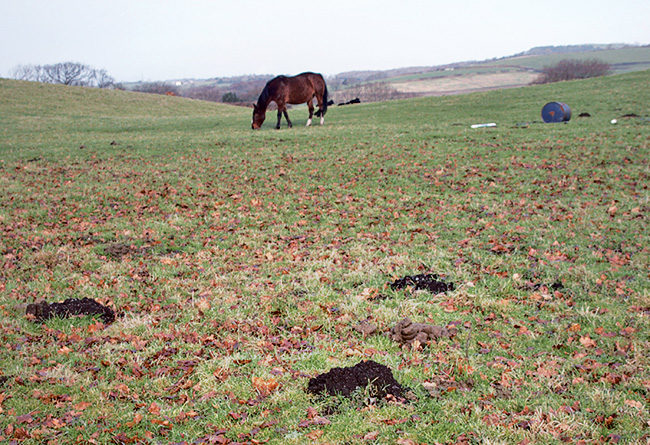American Farriers Journal
American Farriers Journal is the “hands-on” magazine for professional farriers, equine veterinarians and horse care product and service buyers.

Flies and other winged insects are part of our world, with their own place and function in nature’s ecology. Still, that’s a small consolation when they’re biting you or the horse you’re working on.
While barrier protection can be the best in-the-moment option for a shoer, there’s also a fair amount that a property owner or barn manager can do to minimize an area’s appeal to insects. If you’re shoeing regularly at a particular farm, stable or backyard that’s plagued by winged creatures, it’s in your own best interest to educate clients on fly mitigation tactics.
Although Bob Smith says he rarely encounters farrier or online forum discussions about fly and insect abatement, he feels it’s a topic worth addressing at his Pacific Coast Horseshoeing School.
“I suppose that flies are something shoers deal with, but we’ve included it in the school curriculum as a safety-related topic,” says the Plymouth, Calif., farrier, who adds that biting flies can make a farrier’s job go from problematic to downright dangerous.
“It’s difficult to balance a moving foot or manage a horse that’s bothered by insects like flies, gnats or mosquitoes,” says Smith. “In our part of California, there are lots of cattle, so the horn fly is a major problem. It lands and bites the horse on the sternum where the head can’t reach, so you’ll get a horse kicking underneath his stomach with a hind foot to try and dislodge the fly. That can result in a head injury…